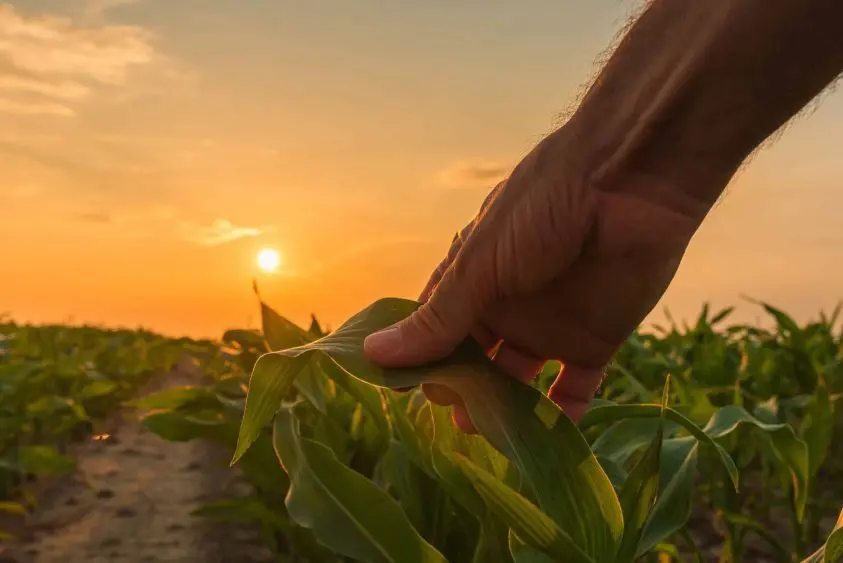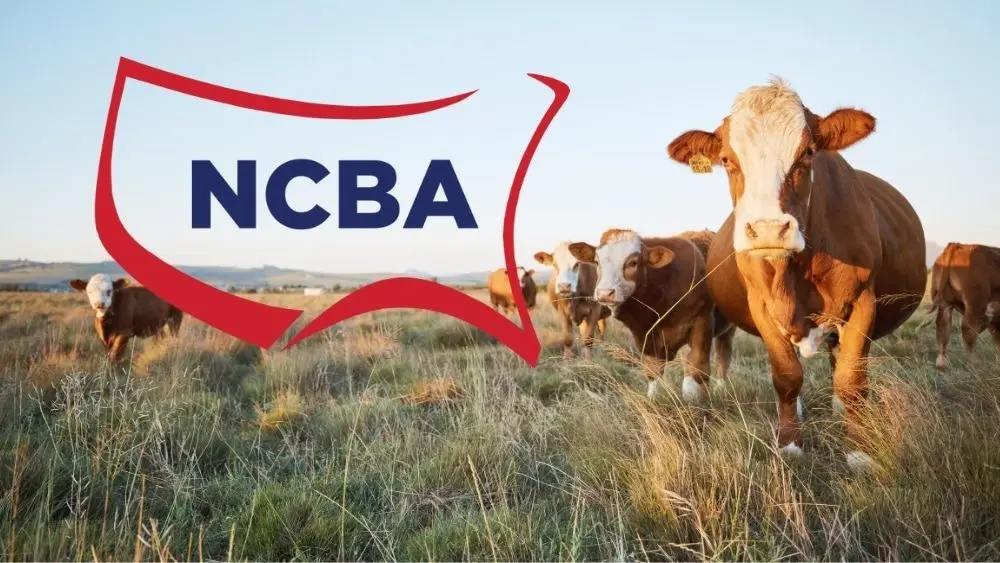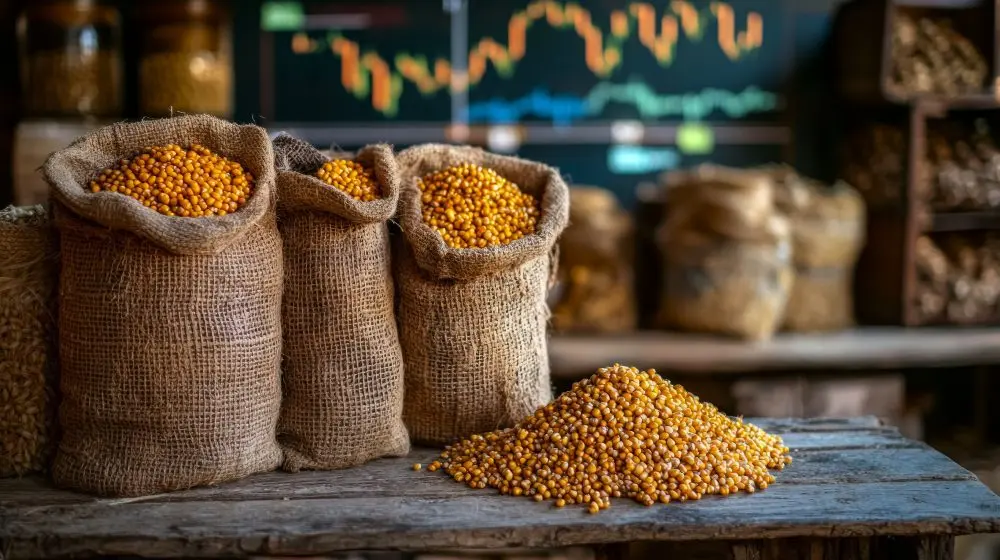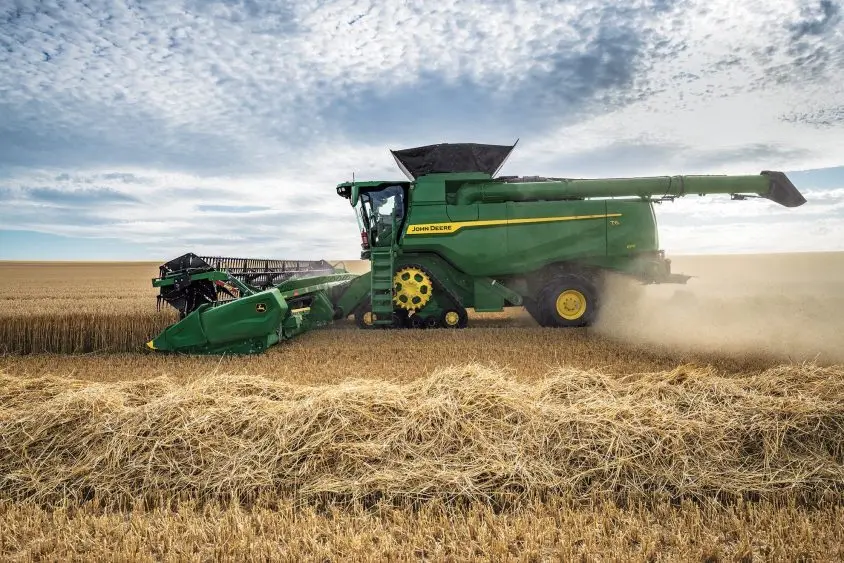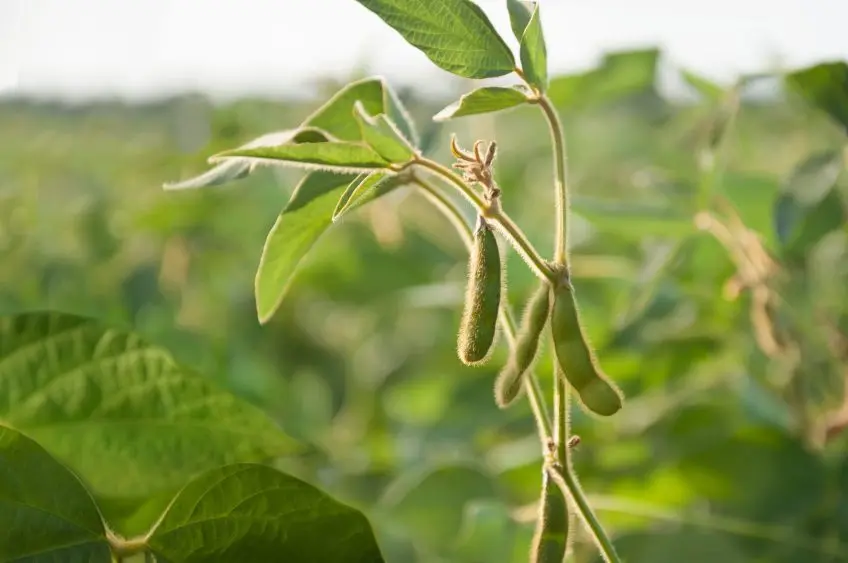
Washington, D.C. – On July 31, Senators Brian Schatz (D-Hawaii) and Roger Wicker (R-Miss.) introduced the Marine Aquaculture Research for America (MARA) Act of 2025 into the U.S. Senate. S.2586 is the result of years of bipartisan legislative effort to strengthen U.S. federal framework for commercial-scale offshore aquaculture by creating a streamlined permitting process and other governmental support for the industry.
Expanding domestic aquaculture production would create jobs, spur investment in coastal communities and strengthen the U.S. seafood industry. The MARA Act includes several measures supporting growth of open-ocean aquaculture, including:
- Establishing a program to evaluate commercial-scale demonstration projects
- Assigning a clear federal role to coordinate aquaculture permitting, with the new Office of Aquaculture within the National Oceanic and Atmospheric Administration’s (NOAA) National Marine Fisheries Service
- Setting clear timelines and a consolidated environmental review process during permitting approval consideration
- Building workforce and industry capacity by funding aquaculture training, marketing, and workforce development and establishing Aquaculture Centers of Excellence
- Authorizing grants for preserving and modernizing seafood infrastructure
vital to the aquaculture supply chain
“Right now, the U.S. imports between 80 to 90 percent of the fish and other seafood that American consumers enjoy,” said Soy Aquaculture Alliance (SAA) Chair Davie Stephens, a kentucky soybean farmer. “Open-ocean farming, or offshore aquaculture, will empower more seafood producers to meet rising local demand for fresh, nutritious seafood and help ensure a higher measure of domestic food security — and will expand domestic usage of U.S.-grown soybeans in aquaculture feed.”
“We are grateful to Senators Schatz and Wicker for their bipartisan cooperation, and leadership in putting forth the MARA Act that would make the permitting process smoother, and also provide oversight and support dedicated to the growth of U.S. aquaculture.”
Redundant and expensive environmental reviews by multiple agencies and absence of a clear permitting framework has made it nearly impossible for seafood farmers to establish aquaculture operations in U.S. federal waters. This spring, the Environmental Protection Agency awarded the first permit of its kind to Ocean Era for its Velella Epsilon demonstration project, a single net red drum demonstration pen in waters off the Florida coast. This project is only 1 percent the size of a commercial fish farm — yet even it was held up in the permitting pipeline for more than seven years.
Both coastal and inland communities would benefit from the expansion of U.S. aquaculture. Passage of the MARA Act would drive investment in portside infrastructure, revitalize working waterfronts, create new jobs throughout the seafood supply chain — and at the same time, open new markets for America’s soybean growers.
SAA studies over several years have shown marine finfish such as California yellowtail and red drum can thrive on soy blended into their diets with no negative impact on growth or flavor in the filet product. As an abundantly renewable domestic feed ingredient, blending soy is a less expensive alternative to total fish meal diets and provides additional nutrition benefits. SAA continues research on other offshore marine species as well, including an ongoing study on soy in the diet of nenue.
“This growing bipartisan consensus in Congress to advance open-ocean aquaculture in America comes with strong support from leading environmental groups, seafood industry businesses, chefs and academics who all agree we can responsibly grow more of our own seafood here at home,” said Drue Banta Winters, campaign manager of Stronger America Through Seafood.
SAA is dedicated to expanding the use of U.S.-grown soybeans in domestic aquaculture diets. Soybeans and fish may seem unlikely partners, but bringing the land and sea together offers major opportunities for both. SAA supports research, promotion, and collaboration that builds this partnership. Learn more by visiting soyaquaculture.com.
